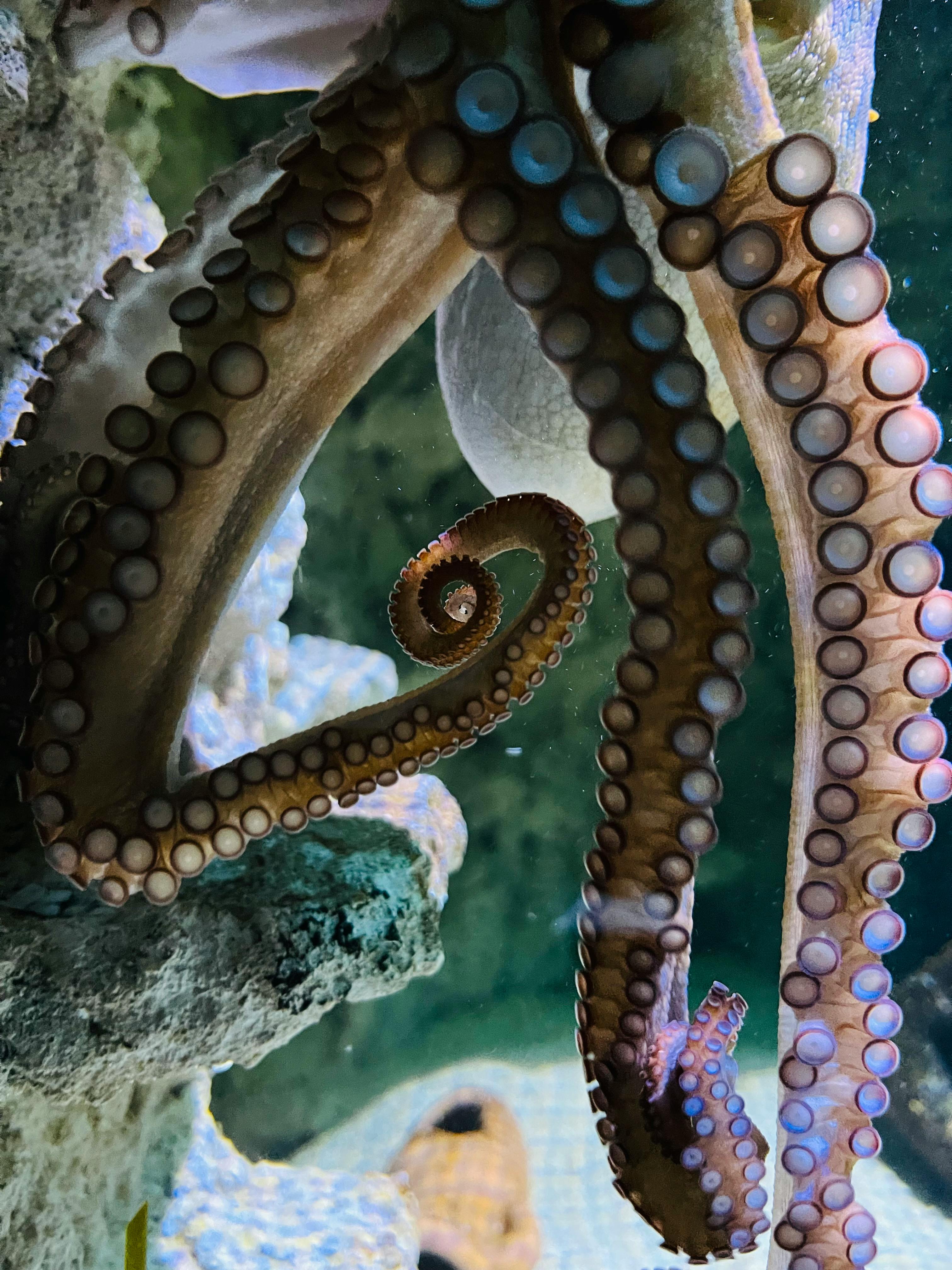Unraveling the Enigma of Cuttlefish Camouflage
In the mysterious depths of the ocean, a master of disguise swims silently, capable of transforming its appearance in the blink of an eye. The cuttlefish, a cephalopod related to squid and octopuses, possesses an unparalleled ability to blend seamlessly with its surroundings. This remarkable creature has captivated marine biologists and casual observers alike, sparking a surge of research into the intricacies of its camouflage capabilities. Let's dive deep into the fascinating world of cuttlefish camouflage and explore the cutting-edge discoveries that are reshaping our understanding of these enigmatic sea dwellers.

Neural Control and Rapid Changes
What truly sets cuttlefish apart is the neural control they exert over their skin cells. Their highly developed nervous system allows for rapid and precise changes in skin appearance. When a cuttlefish encounters a new environment, its eyes send visual information to the brain, which then instructs the skin cells to alter their arrangement and size. This process happens in a fraction of a second, enabling the cuttlefish to match its surroundings almost instantaneously.
Beyond Simple Color Matching
Cuttlefish camouflage goes far beyond simple color matching. These intelligent creatures can also mimic textures and patterns found in their environment. By manipulating the papillae on their skin—small, muscular protrusions—cuttlefish can create three-dimensional textures that mimic the appearance of coral, seaweed, or rocky substrates. This ability to alter both color and texture makes their camouflage exceptionally effective against a wide range of predators.
The Role of Polarized Light
Recent studies have uncovered another layer to the cuttlefish’s camouflage abilities: the manipulation of polarized light. While invisible to the human eye, many marine animals can detect polarized light—light waves that vibrate in a single plane. Cuttlefish can alter the polarization of light reflecting off their skin, potentially using this as a secret communication channel or as an additional means of camouflage against predators sensitive to polarized light.
Implications for Technology and Biomimicry
The cuttlefish’s remarkable camouflage abilities have not gone unnoticed by scientists and engineers seeking to develop new technologies. Researchers are exploring ways to mimic cuttlefish skin in the creation of adaptive camouflage systems for military applications. These biomimetic materials could potentially change color and texture to match various environments, providing superior concealment for soldiers and equipment.
Conservation Concerns
As fascinating as cuttlefish are, they face numerous threats in the wild. Overfishing, habitat destruction, and climate change all pose significant risks to cuttlefish populations worldwide. The loss of these incredible creatures would not only deprive the ocean of a vital predator but would also rob scientists of valuable insights into the complexities of biological camouflage and adaptive coloration.
In conclusion, the cuttlefish’s mastery of camouflage represents one of nature’s most spectacular achievements. As we continue to unravel the mysteries of their shape-shifting abilities, we gain not only a deeper appreciation for the wonders of the natural world but also inspiration for technological innovations that could revolutionize fields from military defense to wildlife conservation. The cuttlefish serves as a powerful reminder of the incredible adaptations that have evolved in our oceans and the urgent need to protect these remarkable creatures and their habitats for future generations to study and admire.





